Weather in Maui: The Ultimate Month-by-Month Guide
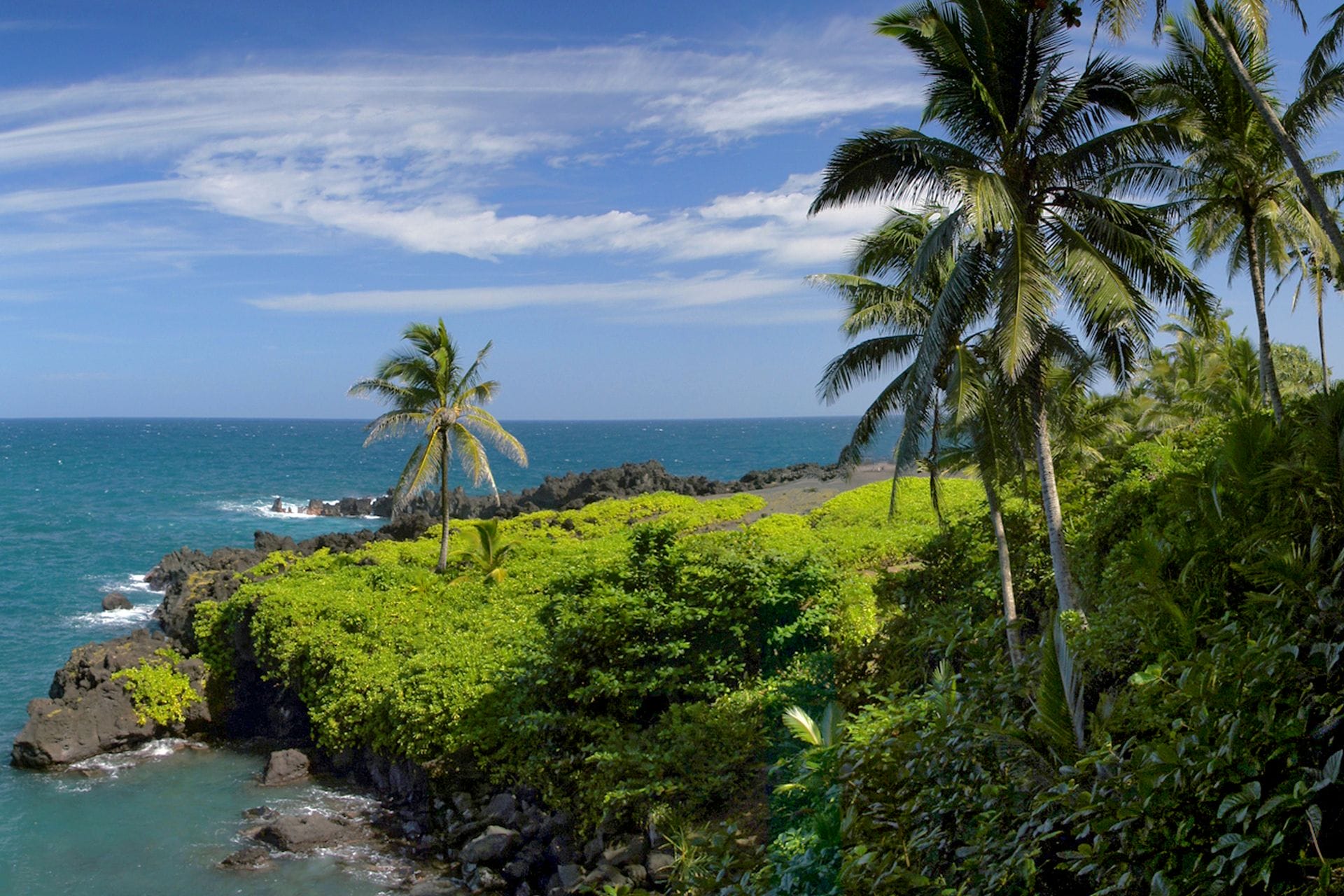

Aloha! | E Komo Mai
Heading to Maui? You’re in for a treat. But before you book your flights and pack your bags, you need this guide about the weather month-by-month to help you decide when to go.
With microclimates, you’ll want to be prepared for sun, showers, or anything in between.
There are plenty of things to do on the island and you’ll be able to have an amazing itinerary for Maui, but make sure to read this guide until the end before going!
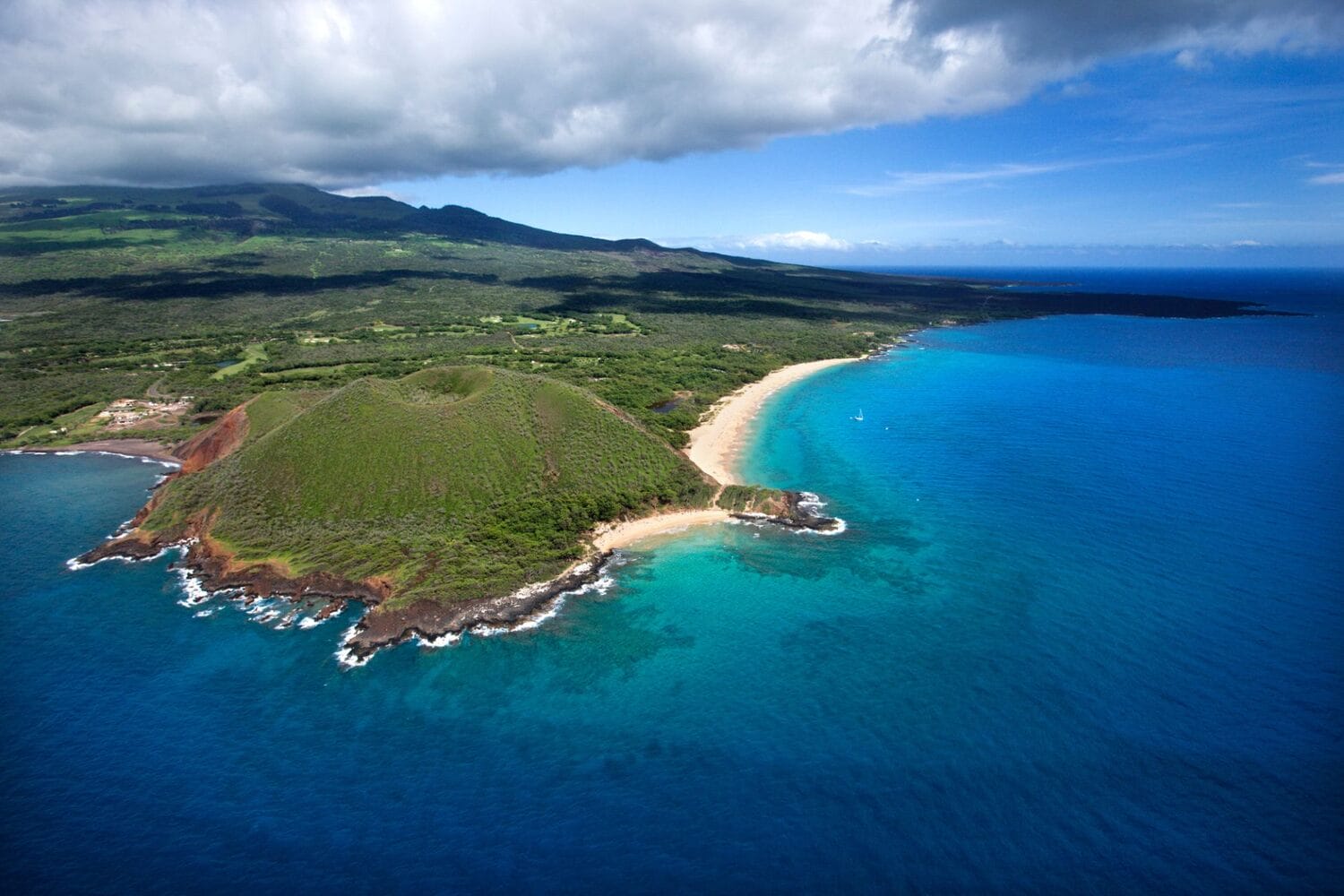
The Tropical Climate in Maui
Maui’s weather is what most people think of as paradise, with temperatures in the 70s and 80s all year round. The dry season is from May to October, while the wet season in Maui is slightly cooler and wetter from November to April.
Remember, this is a tropical island. Even in the “dry season” you can expect rain showers, especially on the windward (north and east) sides of the island. You’ll have plenty of sun most of the year.
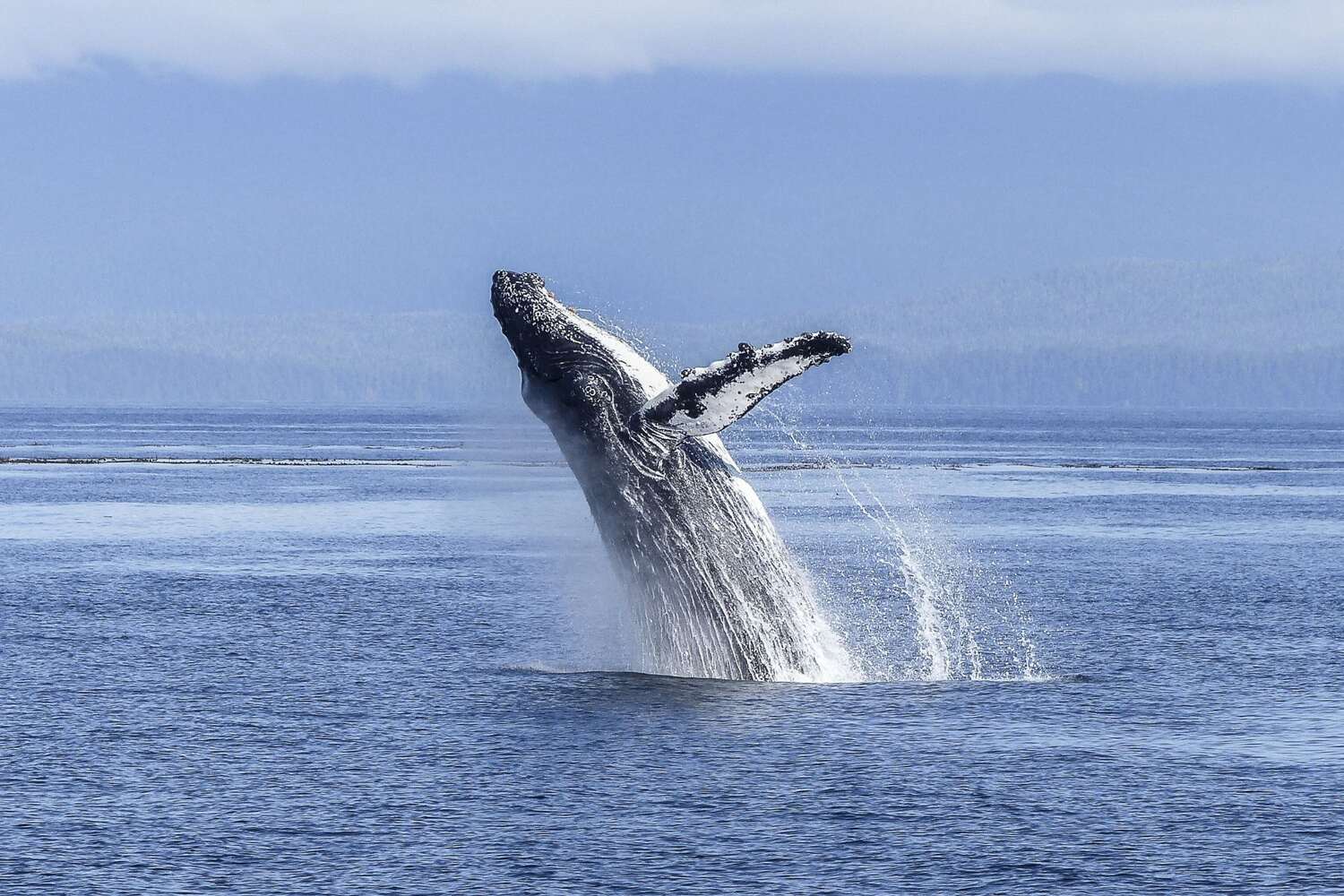
Weather in Maui Month-by-Month
Now that you have a basic understanding of the tropical weather in Maui, let’s go through all the months and what you can expect when traveling to the Valley Isle.
January in Maui
January is the peak of Maui’s whale-watching season. January is when the humpback whales arrive from Alaska to breed and birth in Maui’s warm waters. For the best chance to see these beautiful creatures, book our Maui whale-watching experience,
That being said, keep in mind that January is part of the wet season, and while it’s not as sunny as the summer months, this is a great time to go waterfall chasing.
The waterfalls will be flowing down the mountain – perfect for those scenic waterfall hikes in Maui.

February in Maui
February is more of the same mild and pleasant weather with temps between 66-81°F. It’s still whale season so you’ll see
February is great for couples looking for a romantic getaway with beautiful sunsets and fewer crowds. Prices are still relatively low so it’s a budget-friendly time to visit.
You’ll get to go snorkeling in Maui, hike, and enjoy beach days with comfortable weather perfect for a relaxed and intimate island experience. Talking about snorkeling, the best trip on the island is by far the Molokini snorkeling adventure, and you’ll be with an expert guide that knows everything about the area and marine life!

March in Maui
March is a transition month with temps ranging from 67-82°F. It’s the end of whale season and the beginning of spring break crowds. Families come to Maui during this time as the kids are on school break, and if that’s your case, you’ll want to book your family accommodation as soon as possible.
The weather is great for beach activities and exploring the island. However, prices start to go up as more people arrive so, apart from accommodation, book your day tours in advance.
March is a good balance of warm weather, outdoor activities, and family fun but it’s busier than earlier in the year.
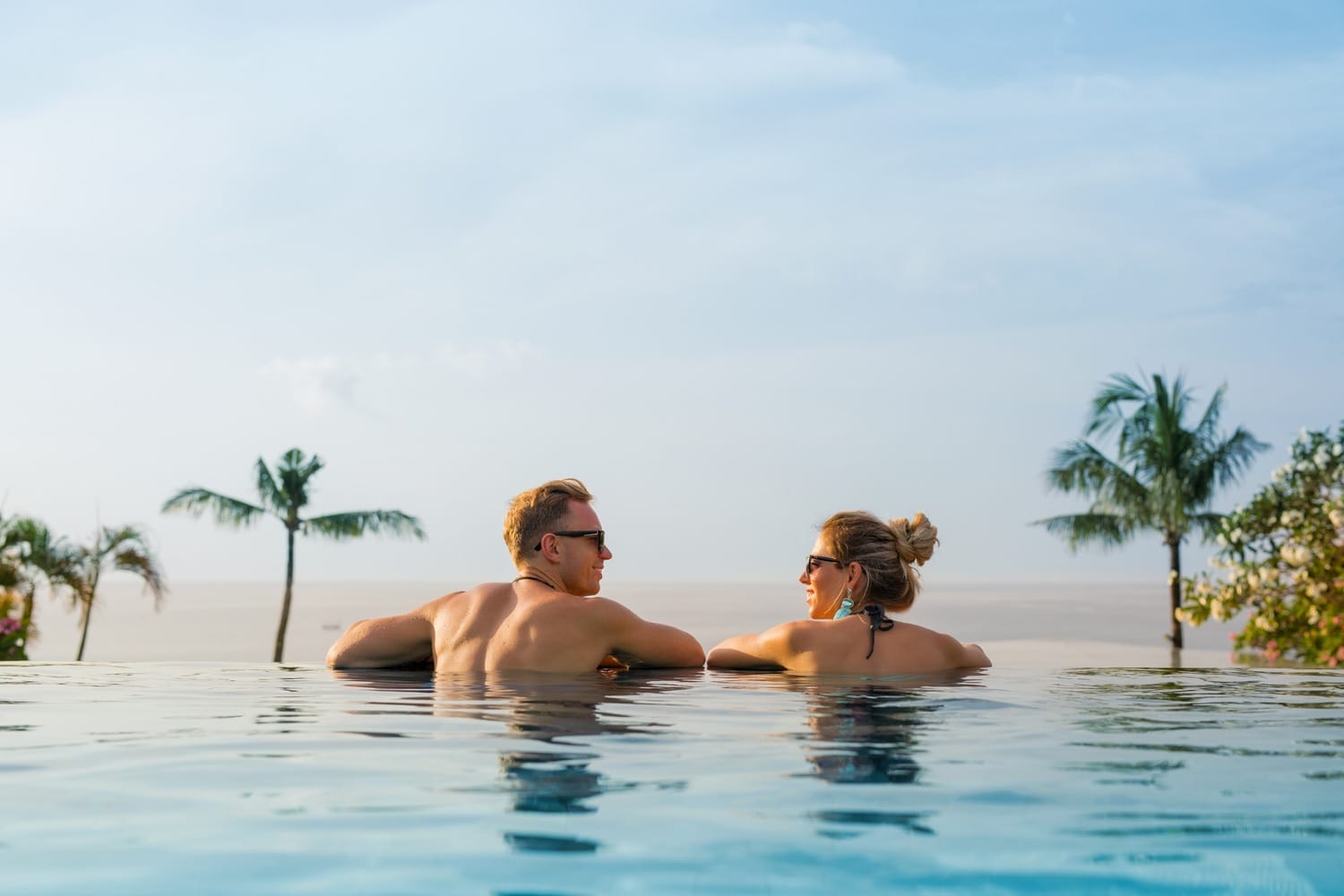
April in Maui
April is warm and pleasant with temperatures between 68-83°F. The spring break crowds start to dissipate so it’s a more peaceful time to visit, right before peak season.
It’s a great month for couples looking for a romantic getaway with fewer crowds and lower prices. There are resorts for couples in Maui, and you’ll want to book ahead of time to secure the best rooms and deals!
Last but not least, April is also good for snorkeling, hiking, and going to the beach for a day. The island is quieter and there are deals on accommodations so it’s a sweet spot for a relaxed and affordable Maui vacation!
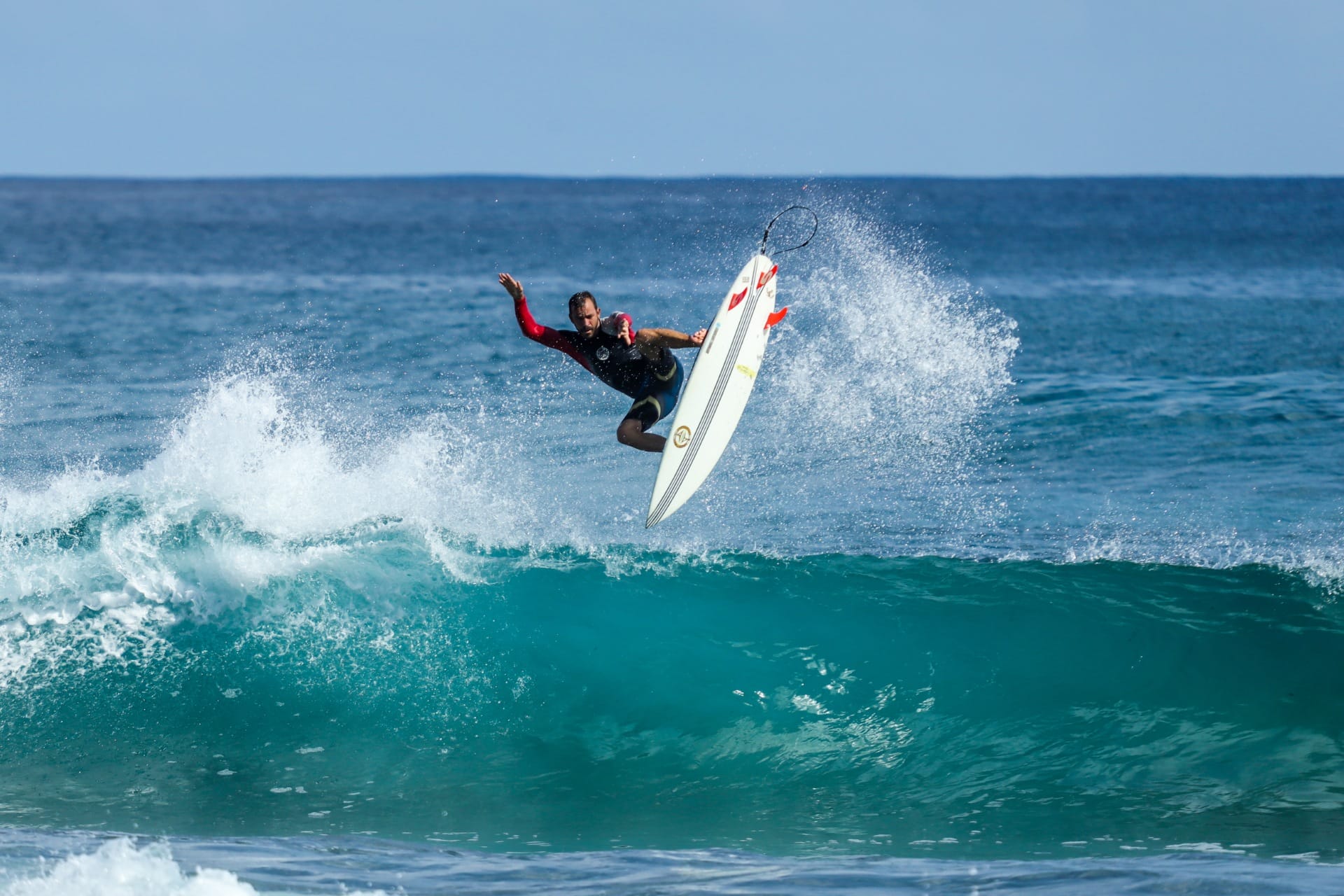
May in Maui
May is warm and sunny with temperatures between 69-85°F, and that’s the dry season on the island.
It’s shoulder season in Maui, so you can expect fewer crowds and lower prices. The weather is great for outdoor activities like snorkeling, surfing in Maui, and hiking.
The Maui Brewers Festival is a big deal this month – Also, it’s the perfect time for couples and solo travelers looking for a peaceful and more affordable trip before the summer rush.
With flowers blooming and landscapes in full color it’s a great time to experience Maui without the crowds of the peak season.

June in Maui
June is summer and you can expect temperatures from 72 to 87°F. It’s a big month for families as the schools are out.
If you’re a foodie, will be delighted by the Kapalua Wine & Food Festival at the beginning of the month.
Prices start to go up as the summer crowds arrive so prices are a little more expensive – This is also the case for the dinner sunset cruise in Maui, which sells out often and we recommend booking now as it’s one of the best things to do on the island!
June is lively and that’s great for families and those who want to soak up the sun, surf, and summer fun.
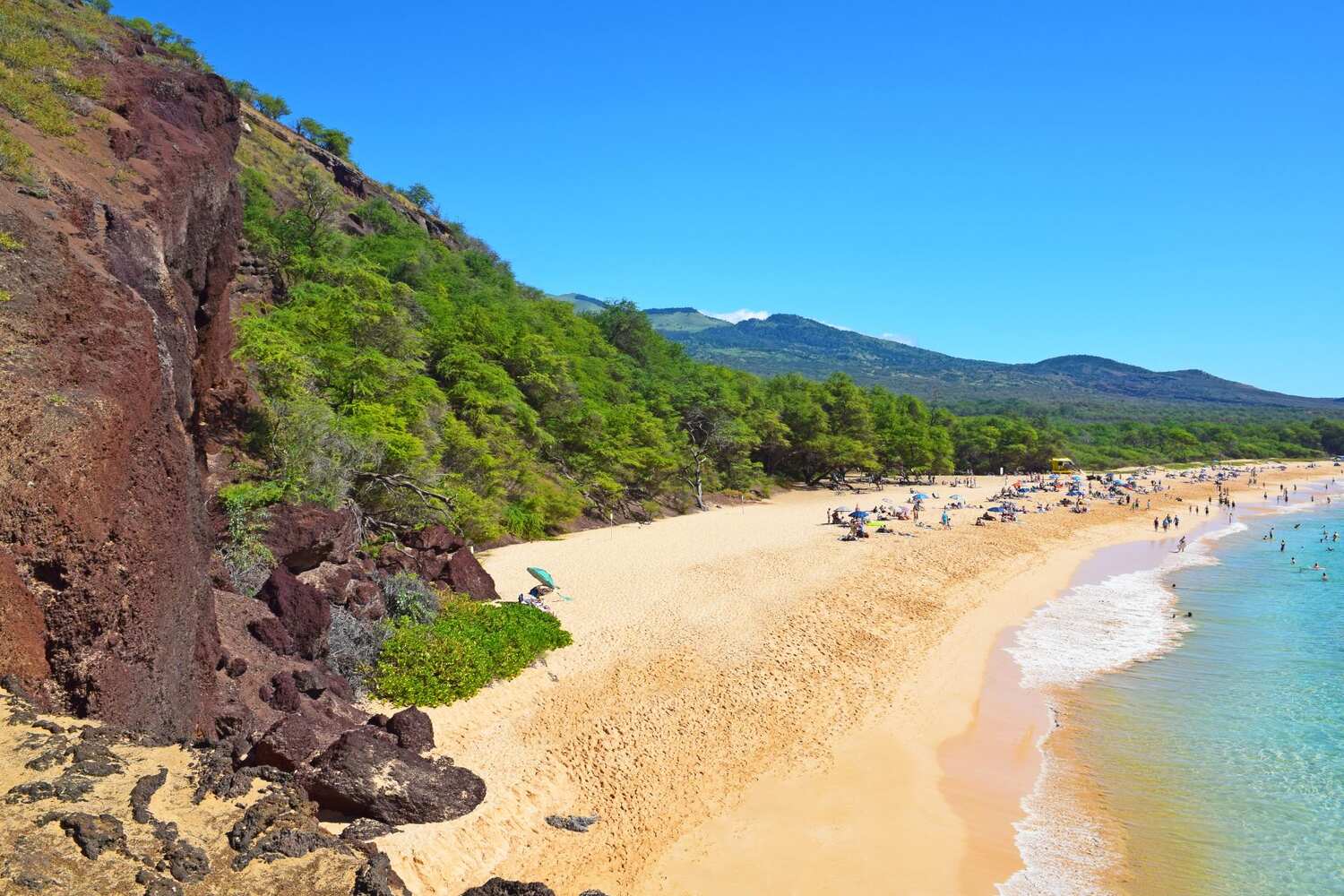
July in Maui
July is hot and busy with temps between 73 and 88°F, and that’s arguably the busiest season in Maui.
The weather is great for water activities like snorkeling, surfing, and paddleboarding. Of course, the 4th of July celebrations are big deals this month, and despite the island being more crowded, it’s well worth visiting.
As you can imagine, prices for accommodations and activities are at their highest so be prepared for crowds and higher costs.
July is best for families and those who like a lively and energetic atmosphere with lots of sun and outdoor adventures, as well as couples who want to have a summer trip.
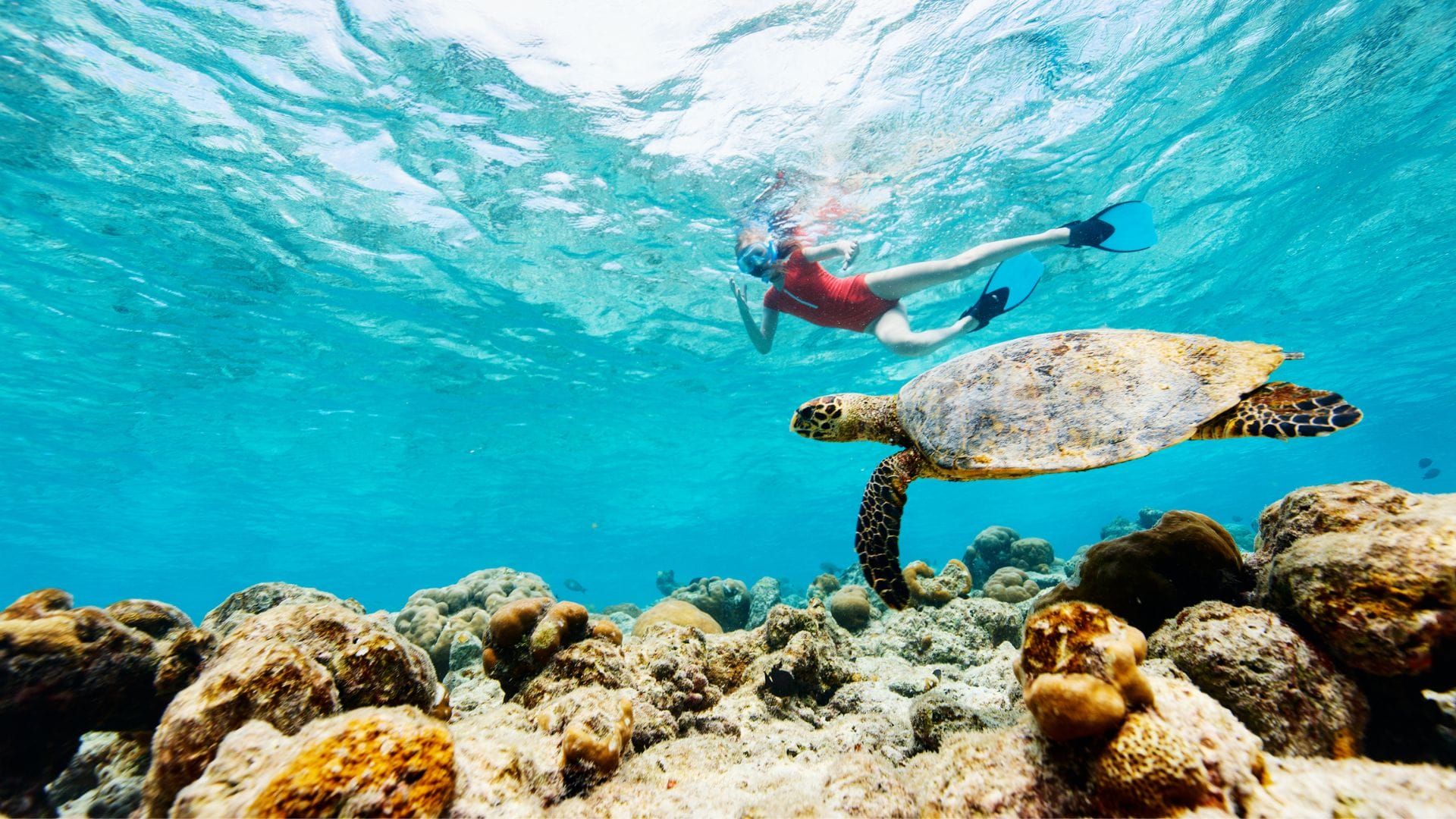
August in Maui
August is like July, hot with temperatures between 73 and 88°F, so similar to July. It’s still peak season with lots of families and couples on summer vacation.
The weather is great for beach activities, snorkeling, and exploring the island. Needless to say, prices are high, and popular spots are crowded.
August is great for families and sun lovers looking for endless summer days and island life, but don’t forget to book accommodations and activities early.
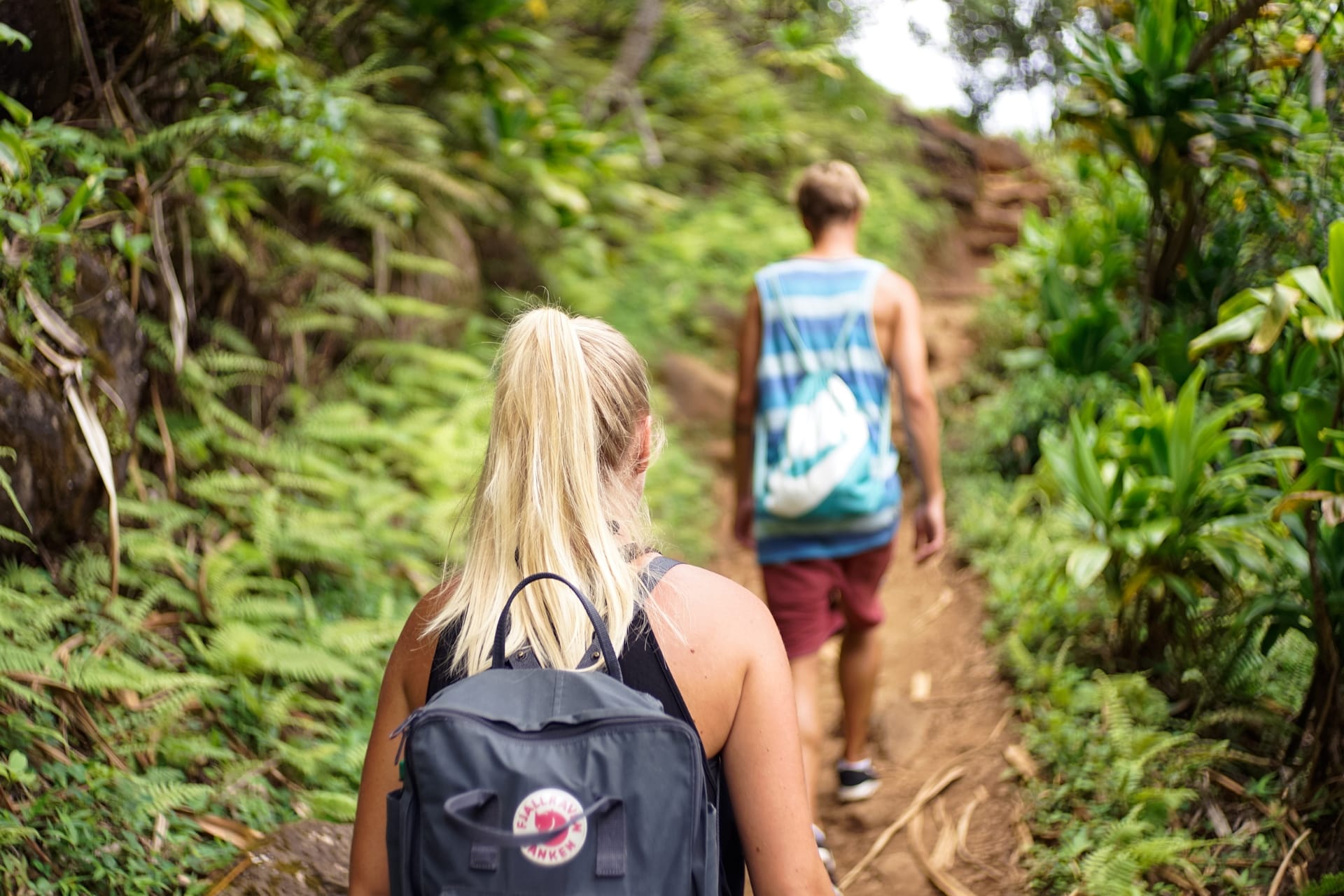
September in Maui
Approaching the end of the summertime, September is slightly cooler with temperatures between 72 and 87°F.
It’s shoulder season as the summer rush is over. September is perfect for couples and solo travelers looking for a quiet and budget-friendly getaway. And if you travel on a budget, September is a great time.
The weather is still warm so it’s great for beach days, snorkeling, and hiking to waterfalls. With lower prices and a more relaxed vibe, September is a great time to experience Maui’s natural beauty and events without the chaos of peak season.
Lastly, if you’re into music, the Maui Jazz & Blues Festival is a big deal this month.

October in Maui
October is warm and pleasant with temperatures from 71 to 86°F. It’s quiet on the island so it’s perfect for couples and those looking for a peaceful trip or planning to have their honeymoon.
The annual Halloween party in Lahaina is a big deal with thousands of visitors, and you’ll love going tricks or treating in town!
Prices are moderate with good deals on accommodations and activities, as well as Maui transportation options like shuttles and Uber or Lyft. October is great for outdoor adventures like snorkeling, hiking, and exploring the island.
The island’s chill vibe and lower prices make it a great month for a relaxed, affordable vacation. Apart from that, the Haleakala sunset tour in Maui is an amazing activity in October, and we recommend checking it out before it sells out.
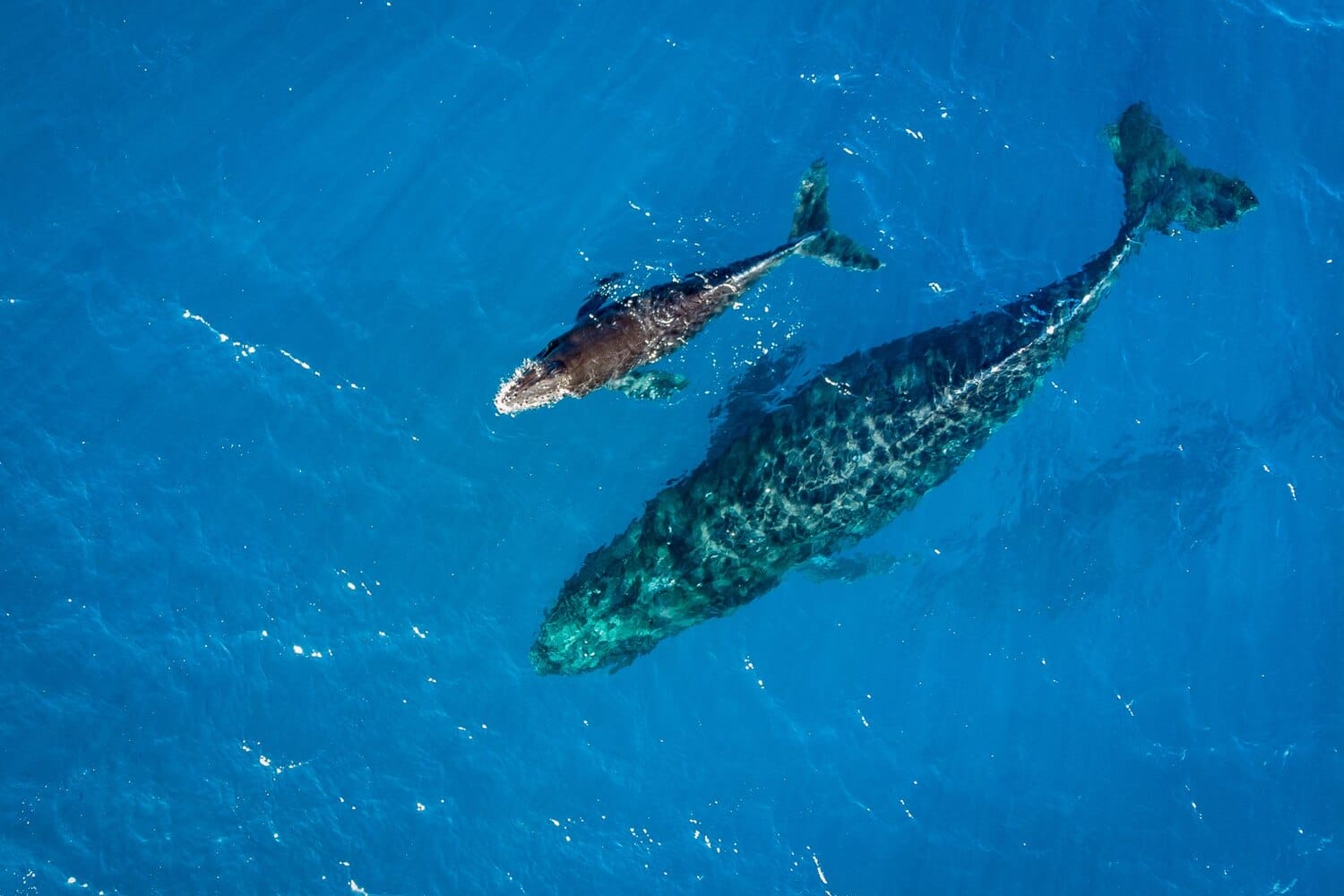
November in Maui
November is slightly cooler than October, and you’ll have temperatures between 69 and 84°F. It’s the start of whale season so it’s a great time for nature lovers, and that’s better than December or January if you don’t like cool weather.
The island is quiet until Thanksgiving when more visitors arrive. Prices are lower earlier in the month, so book accommodations now to secure the best deals.
The weather is mild so it’s great for hiking, snorkeling, and driving the Road to Hana.
All in all, November is perfect for couples and solo travelers looking for a peaceful getaway before the holiday rush.
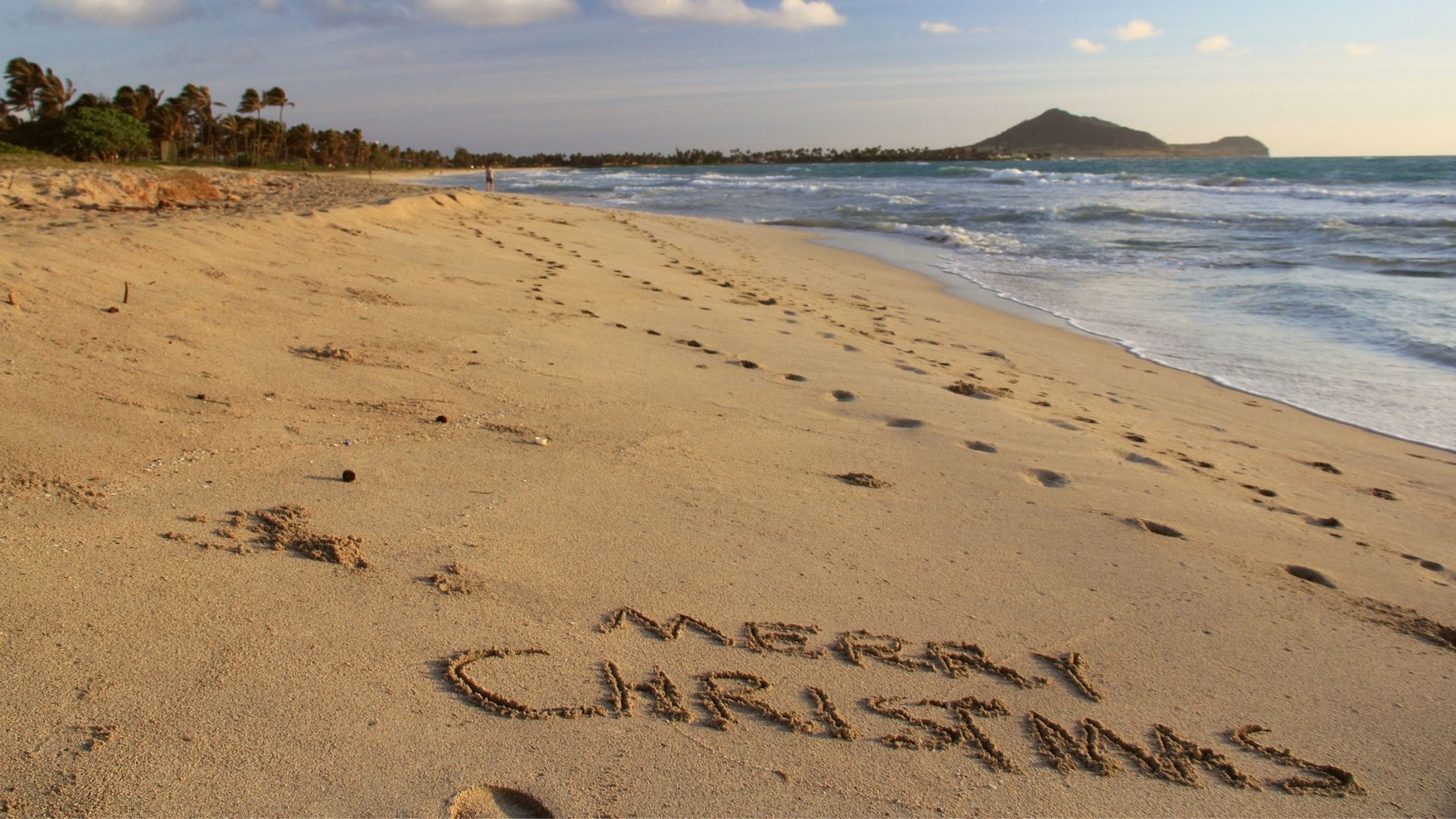
December in Maui
December is cool and relatively warm with temperatures between 66 and 82°F, and while it’s cooler than November, it’s still a good time to visit.
Of course, it’s a festive time with holiday events and decorations everywhere – Christmas and New Year’s Eve are coming to the island. Whale watching is in full swing and the island is busy with visitors, especially around the end of the month.
Prices are highest and popular spots are crowded, so don’t expect the island to be as quiet as the shoulder season.
December is best for families and holiday travelers looking to escape the winter and have a tropical holiday.
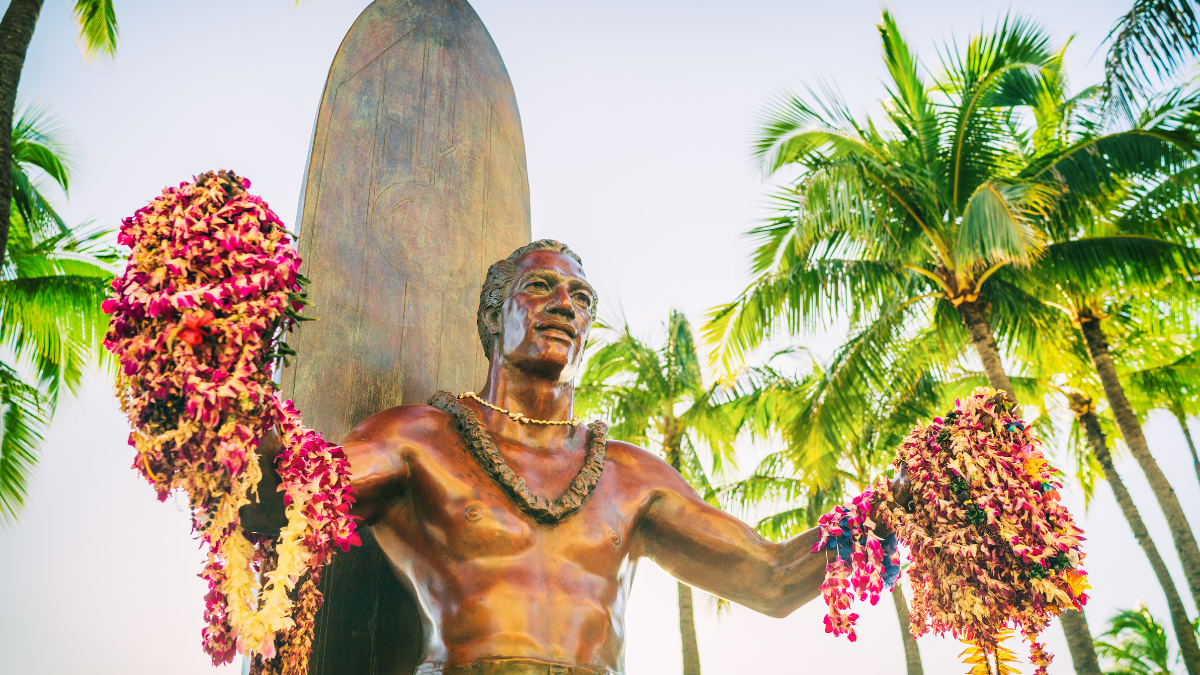
Conclusion:
In conclusion, Maui offers something special year-round, whether you’re visiting during the dry season, enjoying the festive holiday months, or looking for the best time to swim.
By planning your trip around your preferences—be it fewer crowds, budget-friendly options, or specific activities—you can tailor your Maui experience to be exactly what you’re looking for.
No matter when you visit, Maui’s beauty and aloha spirit are always waiting for you.
Frequently Asked Questions
When is the Wet Season in Maui?
The rainiest month in Maui is typically December. During this time, the island experiences more frequent showers, especially in the northern and eastern areas like Hana.
However, rain usually falls in short bursts, often followed by sunshine. While December sees more rainfall, it’s also a festive time with holiday events and whale watching.
When is the Dry Season in Maui?
Maui’s dry season runs from April to October, offering warm, sunny weather ideal for enjoying outdoor activities. During these months, you’ll experience minimal rainfall, especially in the southern and western parts of the island, like Wailea and Lahaina.
The dry season is perfect for beach days, snorkeling, and exploring Maui’s natural beauty.
What is the Best Time to Visit Maui?
The best time to visit Maui is from April to May and September to November. These shoulder seasons offer pleasant weather, fewer crowds, and more affordable prices compared to the peak summer and winter months.
During these times, you can enjoy outdoor activities, beautiful beaches, and the island’s natural beauty without the crowds in the tourist season. It’s an excellent time for couples, and you’ll want to consider planning your honeymoon.
When Can You Swim in Maui?
You can swim in Maui year-round, thanks to the warm tropical climate. Ocean temperatures generally range from 75°F in winter to 82°F in summer, making it comfortable for swimming any time of the year.
The calmest and warmest waters are typically from April to October during the dry season. Popular swimming spots like Wailea Beach, Kaanapali Beach, and Kapalua Bay offer great conditions for swimming, snorkeling, and other water activities throughout the year.
Share:
